| Selo | Sigma Theta Tau International |
|---|---|
| Edição | 2 |
| Idioma | Inglês |
| Autores | Janice Palaganas |
| Acabamento | Capa Comum |
| Quantidade de Páginas | 354 |
| Origem | Literatura Estrangeira |
 Mudras Que Curam
Mudras Que Curam
Pensamento
R$ 42,00 R$ 34,44 à vista Ayurveda: A ciência da Autocura
Ayurveda: A ciência da Autocura
Editora Ground
R$ 58,90 à vista De tentante a gestante: Como a medicina chinesa iluminou minha caminhada á maternidade
De tentante a gestante: Como a medicina chinesa iluminou minha caminhada á maternidade
Editora Viseu
R$ 65,90 à vista Como ser um idoso feliz
Como ser um idoso feliz
Editora Viseu
R$ 55,90 à vista Pensar, comer, se amar
Pensar, comer, se amar
Editora Viseu
R$ 35,90 à vista A alma do cuidador
A alma do cuidador
Editora Viseu
R$ 49,90 à vista O encostamento de ex-militares temporários do exército brasileiro
O encostamento de ex-militares temporários do exército brasileiro
Editora Viseu
R$ 51,90 à vista O cérebro 4.0: Como usar sua mente para uma vida mais saudável, feliz e próspera
O cérebro 4.0: Como usar sua mente para uma vida mais saudável, feliz e próspera
Editora Viseu
R$ 38,90 à vista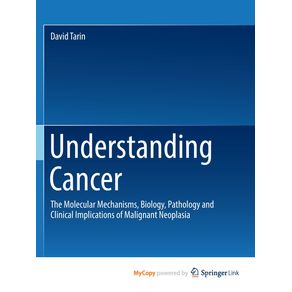 Understanding Cancer
Understanding Cancer
Springer Nature B.V.
R$ 316,01 ou até 3x sem juros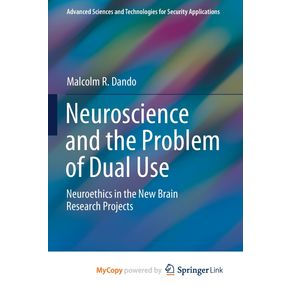 Neuroscience and the Problem of Dual Use
Neuroscience and the Problem of Dual Use
Springer Nature B.V.
R$ 345,06 ou até 3x sem juros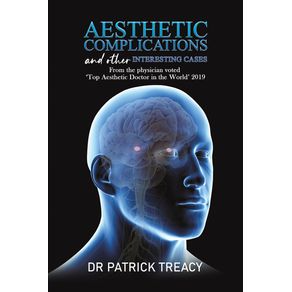 Aesthetic Complications and Other Interesting Cases
Aesthetic Complications and Other Interesting Cases
Austin Macauley Publishers Ltd.
R$ 371,23 ou até 3x sem juros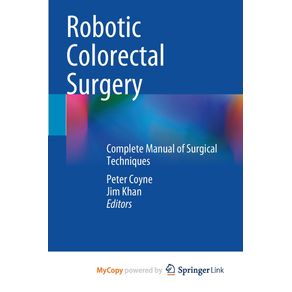 Robotic Colorectal Surgery
Robotic Colorectal Surgery
Springer Nature B.V.
R$ 349,18 ou até 3x sem juros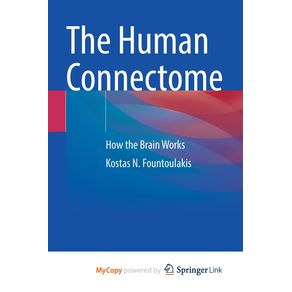 The Human Connectome
The Human Connectome
Springer Nature B.V.
R$ 341,59 ou até 3x sem juros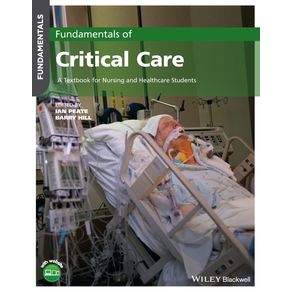 Fundamentals of Critical Care
Fundamentals of Critical Care
John Wiley & Sons
R$ 392,97 ou até 3x sem juros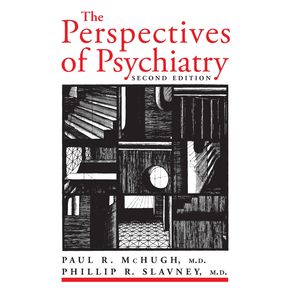 The Perspectives of Psychiatry
The Perspectives of Psychiatry
Hopkins Fulfillment Service
R$ 279,46 ou até 3x sem juros Como ser um idoso feliz
Como ser um idoso feliz
Editora Viseu
R$ 55,90 à vista Só há perdão se houver amor!
Só há perdão se houver amor!
Editora Viseu
R$ 43,90 à vista Detox essencial
Detox essencial
Editora Viseu
R$ 31,90 à vista O encostamento de ex-militares temporários do exército brasileiro
O encostamento de ex-militares temporários do exército brasileiro
Editora Viseu
R$ 51,90 à vista Novos hábitos de vida com Dr. Rafael Angelim
Novos hábitos de vida com Dr. Rafael Angelim
Editora Viseu
R$ 35,90 à vista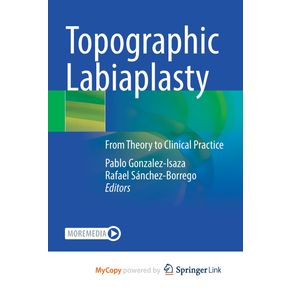 Topographic Labiaplasty
Topographic Labiaplasty
Springer Nature B.V.
R$ 343,04 ou até 3x sem juros Neuroscience and the Problem of Dual Use
Neuroscience and the Problem of Dual Use
Springer Nature B.V.
R$ 345,06 ou até 3x sem juros Clinical Guide to Heart Transplantation
Clinical Guide to Heart Transplantation
Springer Nature B.V.
R$ 331,76 ou até 3x sem juros Carnivore Code
Carnivore Code
HARPERCOLLINS
R$ 167,90 ou até 3x sem juros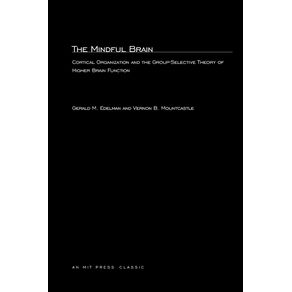 The Mindful Brain
The Mindful Brain
Random House
R$ 166,18 ou até 3x sem juros CÓMO MATAR DE HAMBRE AL CÁNCER
CÓMO MATAR DE HAMBRE AL CÁNCER
Antonio Martínez
R$ 149,83 ou até 2x sem juros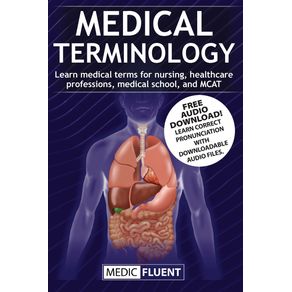 Medical Terminology
Medical Terminology
MedicFluent
R$ 125,20 ou até 2x sem juros Womens Mood Disorders
Womens Mood Disorders
Springer Nature B.V.
R$ 335,16 ou até 3x sem juros The Perspectives of Psychiatry
The Perspectives of Psychiatry
Hopkins Fulfillment Service
R$ 279,46 ou até 3x sem juros Bee Venom Therapy
Bee Venom Therapy
Repro India Limited
R$ 81,19 à vista Ayurveda: A ciência da Autocura
Ayurveda: A ciência da Autocura
Editora Ground
R$ 58,90 à vista Cigarro
Cigarro
Editora Viseu
R$ 52,90 à vista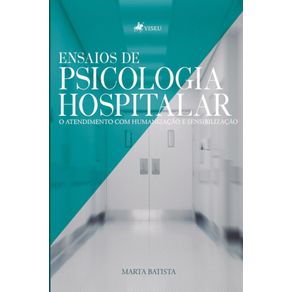 Ensaios de psicologia hospitalar
Ensaios de psicologia hospitalar
Editora Viseu
R$ 32,90 à vista TDAH Descomplicado: Tudo que os pais devem saber para ajudar seus filhos
TDAH Descomplicado: Tudo que os pais devem saber para ajudar seus filhos
Editora Viseu
R$ 45,90 à vista Clinical Guide to Heart Transplantation
Clinical Guide to Heart Transplantation
Springer Nature B.V.
R$ 331,76 ou até 3x sem juros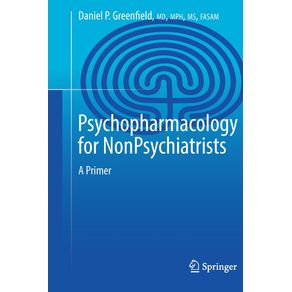 Psychopharmacology for Nonpsychiatrists
Psychopharmacology for Nonpsychiatrists
Springer Nature B.V.
R$ 711,14 ou até 3x sem juros The Mindful Brain
The Mindful Brain
Random House
R$ 166,18 ou até 3x sem juros CÓMO MATAR DE HAMBRE AL CÁNCER
CÓMO MATAR DE HAMBRE AL CÁNCER
Antonio Martínez
R$ 149,83 ou até 2x sem juros Uterine Therapeutics
Uterine Therapeutics
Legare Street Press
R$ 334,09 ou até 3x sem juros Robotic Colorectal Surgery
Robotic Colorectal Surgery
Springer Nature B.V.
R$ 349,18 ou até 3x sem juros Womens Mood Disorders
Womens Mood Disorders
Springer Nature B.V.
R$ 335,16 ou até 3x sem juros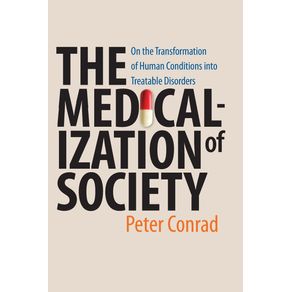 Medicalization of Society
Medicalization of Society
Hopkins Fulfillment Service
R$ 253,69 ou até 3x sem juros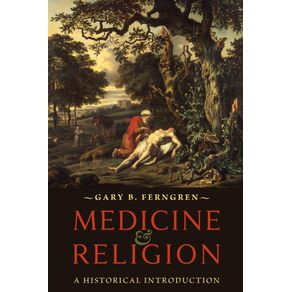 Medicine and Religion
Medicine and Religion
Hopkins Fulfillment Service
R$ 265,46 ou até 3x sem juros The Perspectives of Psychiatry
The Perspectives of Psychiatry
Hopkins Fulfillment Service
R$ 279,46 ou até 3x sem juros Bee Venom Therapy
Bee Venom Therapy
Repro India Limited
R$ 81,19 à vista